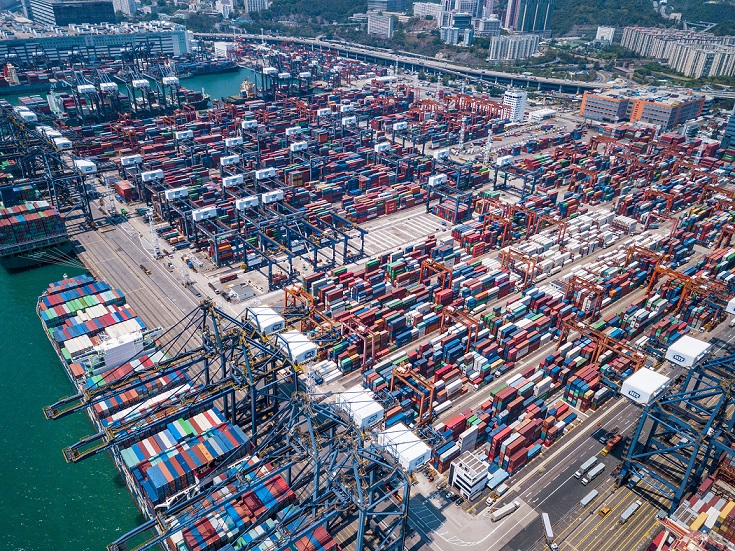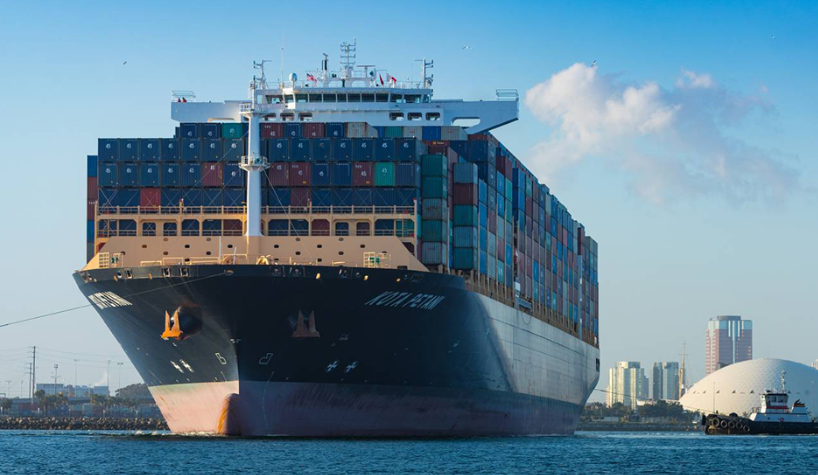Logistics

March 15, 2020
Great Lakes Shipping Season Delayed by High Water on Seaway
Written by Sandy Williams
High water levels on Lake Ontario have pushed back the Great Lakes international shipping season until April 1 from the previously scheduled opening on March 20.
Water from Lake Ontario passing through the Moses-Saunders hydroelectric dam has increased current velocity on the St. Lawrence Seaway making it unsafe for commercial shipping. The International Lake Ontario–St. Lawrence River Board, which decides dam flow-through rates, hopes to draw down the water level on Ontario to help alleviate coastal flooding.
The shipping industry says the delay will disrupt the commercial supply chains that allow trade from the Midwest to reach global markets.
“Delaying, shutting down or interrupting American, Canadian and international trade on the St. Lawrence Seaway and further damaging the economy and our nations’ global trading reputation should never be an option,” said Bruce Burrows, president of the Chamber of Marine Commerce. “This dam is a very limited tool that does not solve this problem. We need to work together to develop a much broader, holistic resiliency plan that looks at every avenue including flood zoning, shoreline resiliency and infrastructure investments.”
Domestic shipping on the Great Lakes will begin when the Soo Locks open on March 25. The Welland Canal, connecting Lake Ontario and Lake Erie, is scheduled to open the day before on March 24.
The Port of Duluth relies on the opening of the Soo Locks to begin its shipping season, but is concerned about the delay on the St. Lawrence Seaway. Last year 85 overseas vessels visited the port.
“Delayed shipments and uncertain system availability will result in lost business that may not return,” Deb DeLuca, executive director of the Duluth Seaway Port Authority, said in a statement Wednesday. “Shippers would seek alternative supply routes and supply chains, potentially resulting in permanent traffic loss for U.S. and Canadian ports, an outcome that would cause substantial, far-reaching and long-term damage to the entire Great Lakes region.”
Ice Coverage Below Normal in 2020
Ice coverage on the Great Lakes was well below normal this year due to warmer lake temperatures. Total ice coverage reached peak on Feb. 21 at 19.5 percent, well below the long-term average of 55.7 percent, according to data from the National Oceanic and Atmospheric Administration’s Great Lakes Environmental Research Laboratory.
On Tuesday, the Coast Guard began clearing channels in anticipation of taconite, coal and limestone shipments for the season. Last year on March 11, 2019 ice covered 65.1 percent of the Great Lakes; this year on March 11 coverage was only 7.9 percent. The low ice levels will help alleviate concerns, at least for this year, regarding inadequate icebreaking capabilities on the Great Lakes.





